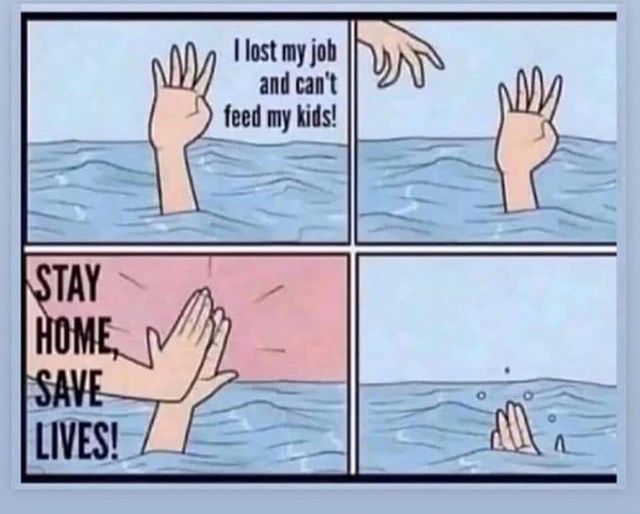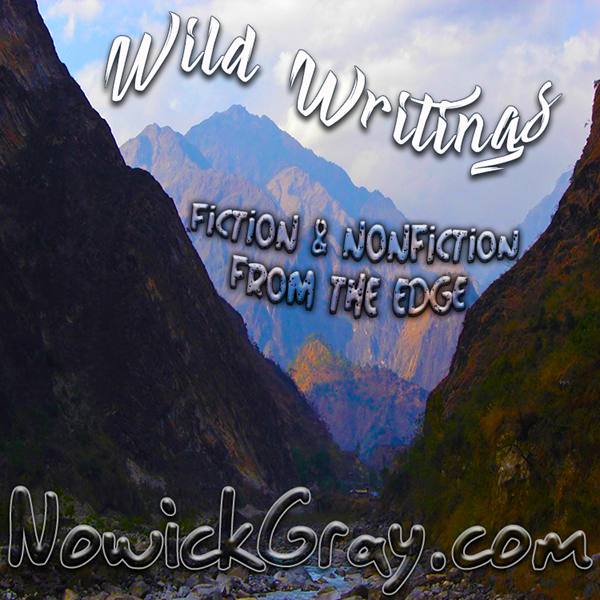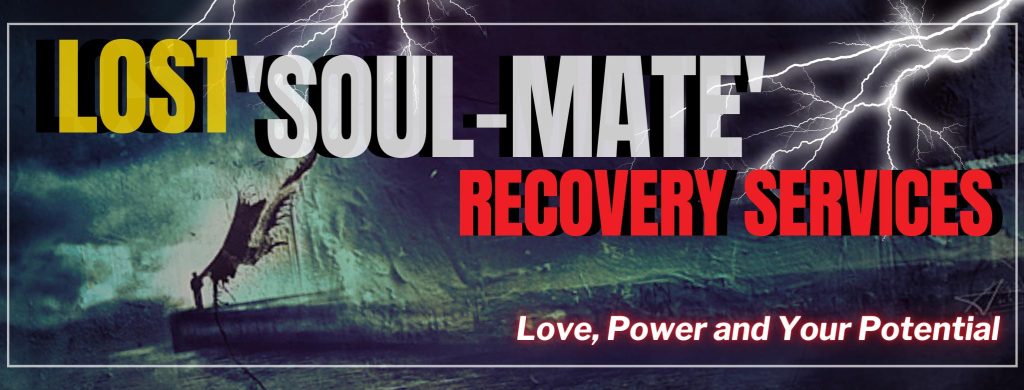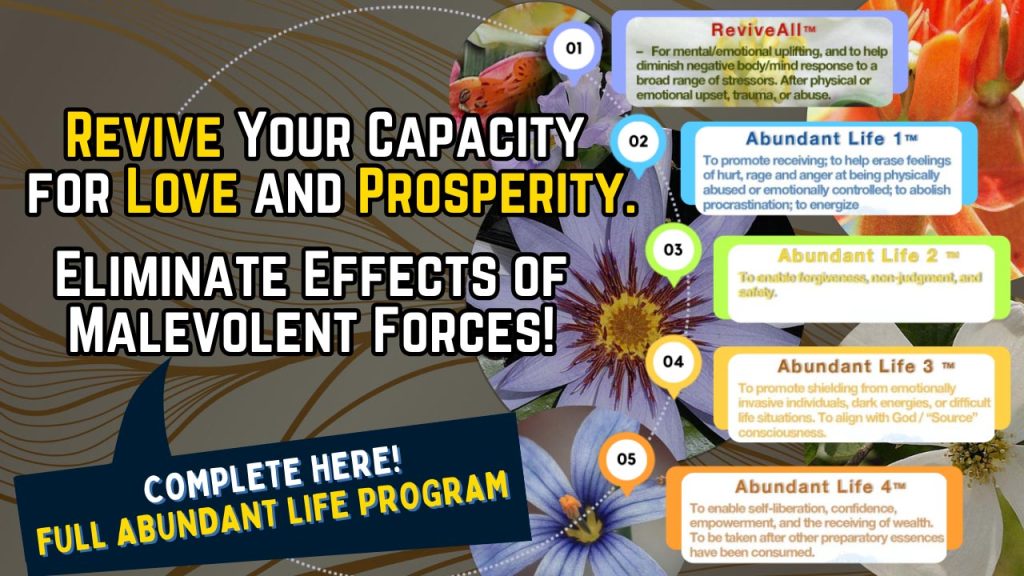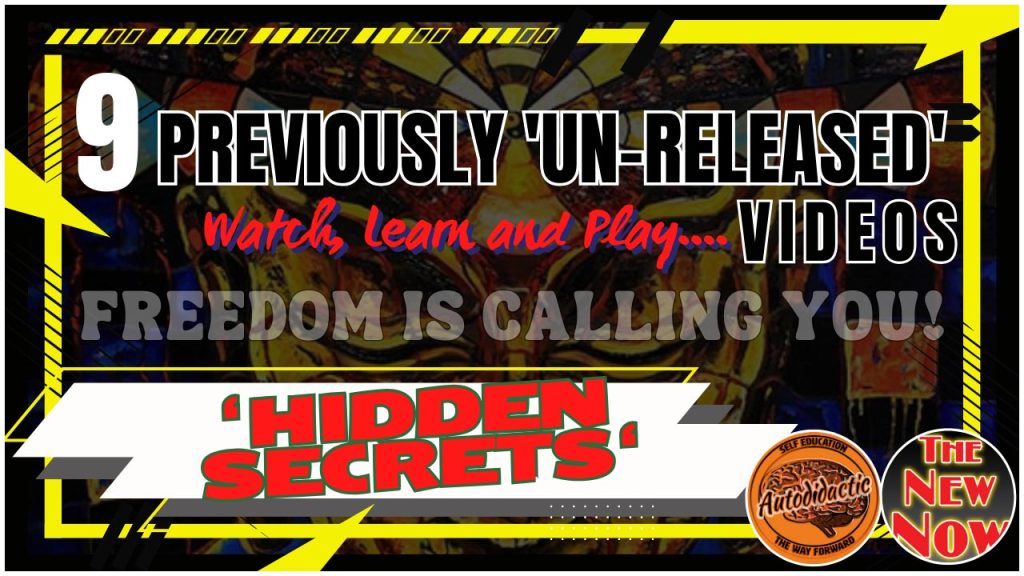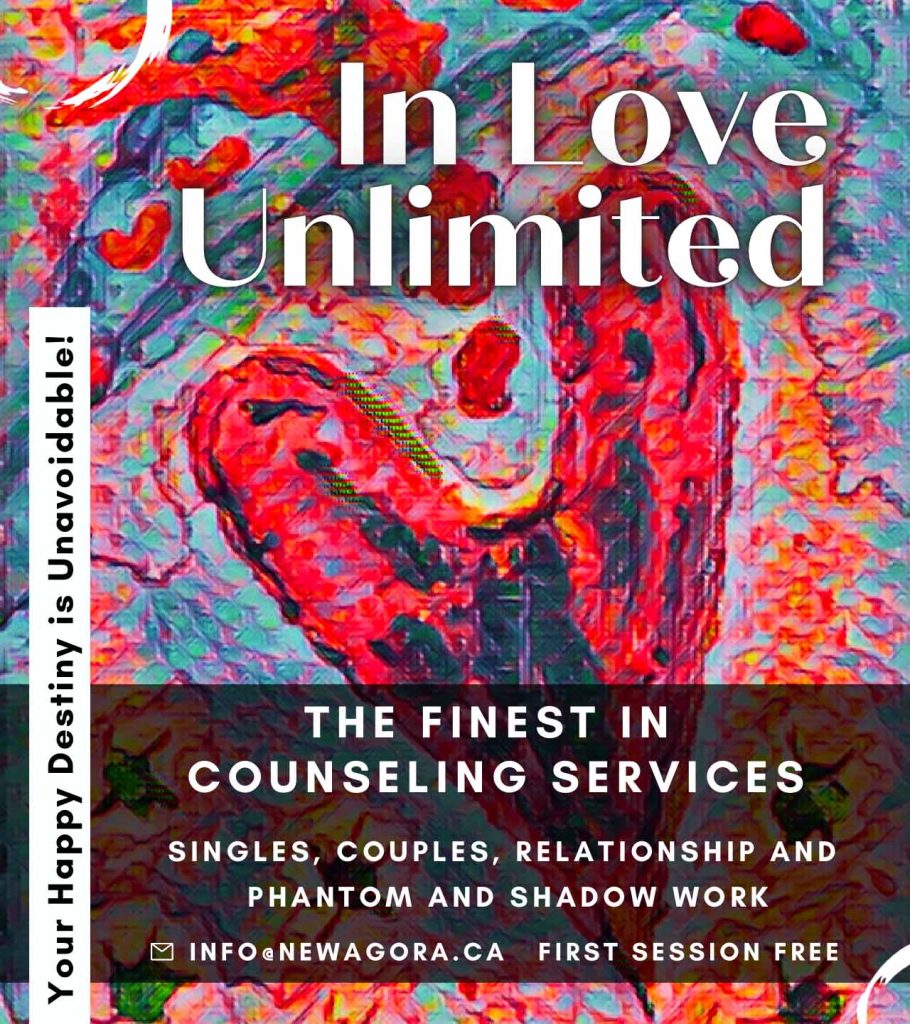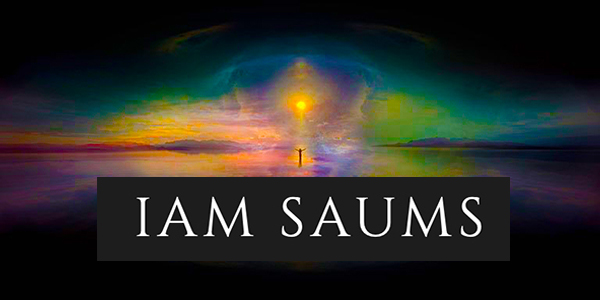Being Human (The War on Humanity, part 1)
by Nowick Gray
I have never been through a civilisation-wide transformation before, and neither have you; we are in uncharted waters together. There is a war taking place in heaven concerning the soul of humanity, and it will be fought in each person’s heart, every day, without rest, and into the foreseeable future.
—Zachary Stein, Covid-19: A War Broke Out In Heaven
Being Human
Being human, we access all the dimensions of life on earth. Rooted in nature, we begin this life and carry it forward with the magic of sex and dutiful care of family life. In that intrinsic purpose we aim to survive in our individual essence and health, and to take part joyfully in the rest of the living enterprise. From household to economy, from compassionate community to creative expression, from insight to knowledge to wisdom… the full spectrum of chakras is honored, and life is fulfilled in completion.
The Virus of Politics
Our human misfortune is to be infected by the parasitic virus of power politics. The problem is not the grassroots version of politics engaged for the innocent fulfillment of our human needs and aspirations as outlined above. The problem is the cynical manipulation of human energy for the self-serving power of those who seek control and domination of every aspect of human life, and indeed all of nature.
Back to Creation
Seeking to rid the parasite of its power over our lives, we return to the call of creation, grounding our quest in the stillness of nature. From such clarity emerges the principle of natural law, the shining truth of our fundamental freedom as a being of the earth. In this spirit we honor beauty and harmony; we observe practices of ecology; we act in service and necessity. And in this path of natural integrity, we embody the inverse quality of that egoistic pride of the parasitic virus of power politics: we abide in humility within divine Creation.
The Intuitive Response
In our personal life, our intuitive response begins by witnessing: acknowledging with clear sight what is happening to us individually and collectively. What feelings arise from our situation? Is that feeling authentic or does it come from some external pressure, how others wish us or have trained us to feel? Is our nature in the moment aligned with human nature, with our truth and freedom? Our organic response, spontaneous and improvised, breaks the spell of political control, so we resonate instead with creative culture, a metapolitical vision of humanity unlocked.
The Measured Response
In line with the full scope of human faculties we can balance the intuitive approach with the rational approach to our predicament. We can witness again with a review of the outer circumstances of this war on humanity. Analysis of the facts and narratives can lead to dispassionate truth-telling, even as we are compassionate for the suffering of this war’s victims. Key to this endeavor is naming with truthful language, combatting the inversion of meaning perpetrated by the machinery of deceit.
Reality Surfing
Spiritual understanding and practice reunites the complementary halves of the human brain. Our intuitive surfing of the reality waves indeed makes sense at the limits of language and science, where arbitrary borders and boundaries, classes and categories, doctrines and dogmas dissolve into sea-foam. When fluid reality is our chosen medium to swim in, an empty mind and full heart walk hand in hand, back in the fold of nature again.
The Old Way
The Bushmen of the Kalahari, in the space of a single generation in the twentieth century, were reduced from millions of years of natural evolution, to tin-shack poverty and alcohol-fueled murder. Here in BC, the cedars are drying and dying, and naturalists enlist volunteers to restore Garry Oak ecosystems to the state of nature before invasive species like Scotch broom and white people.
It’s ironic that we of the latter group project our denied guilt on the plants we brought along, eradicating them so as to return to a state of camas meadows burned and harvested by First Nations, after we have first eradicated those people. Let us review:
—Bushmen evolve millions of years from rain forest to savannah survival, till the 1950s.
—Coast Salish evolve thousands of years on West Coast living on salmon and camas, till the 1900s.
—White people invade Kalahari, enslave Bushmen, reduce them to miserable poverty.
—White people invade British Columbia, put First Nations people in genocidal residential schools and reservations, and introduce invasive plants to transform native food meadows.
In the group Q&A I share my puzzlement that twenty-first century “ecological” humans wax aesthetic about the former meadows, embarking on a campaign to roll back all the invasive species but ourselves, while neglecting to restore the native humans who were responsible for maintaining those ecosystems in the state we idealize.
Naturalist’s response to the above observation: “That’s something we’d have to discuss over a pint of beer.”
Her Playground, Bullies and All
One morning meditating, irritated by buzzing flies in the skylights of the loft, I opened it to let them out, but some remained in the cracks, and my partner turned on the little red vacuum to scoop up most of the rest… some stragglers remaining to test our meditative patience.
Meanwhile, outside, birds chirped. Was that not a source of irritation too, against the possibility of pure silence? What is it that defines for us discriminating humans what is acceptable or not, among nature’s creations?
Our aesthetic choice?
Practical considerations, survival?
To call some plants noxious weeds, some fauna pests, and seek to eradicate them?

These are rapacious species that reflect to us our own image, the unforgiving predator, seeking preeminence at the top of the food chain. Like the noble walnut tree, whose roots poison the ground for others. Nature cares not, indeed not even for us, for we are all her children, left to battle it out on her playground, bullies and all.
Beyond Homo Sapiens?
Yuval Noah Harari’s bestselling Sapiens: A Brief History of Humankind paves the way for an inevitable leap into the next species—beyond sapiens. That is, he comes out as a transhumanist. The book is essentially a brilliant anti-Luddite tract, in the guise of nonjudgmental objectivity.
He plays the classic card of liberal discourse, arguing there are two valid sides to every coin. Thus human history, for all its unforgivable excesses, is forgiven, a priori. “This is what we do, it’s unarguable.”
The bias toward modernity trending implacably toward transhumanism is exposed in the crass statement, “Truganini [the last Tasmanian Aborigine] is no less important than Homer Simpson” (p. 329). This is the purportedly objective, carefully dispassionate, and staunchly unapologetic worldview of Harari’s patrons, the contemporary liberal elite.
Reflecting deeper (to Harari’s credit) I am brought to question my own bedrock commitment to the principles of nature, and to nonviolence. But right away, I see a problem. Nature is rife with violence. And while touting nonviolence, I am complicit with the violence perpetrated by my society in a myriad of ways. Complicity, after Nuremburg, equals guilt. In honesty, we are all complicit in crimes against humanity and nature, by our very consumption of natural resources, pollution of the air and water and soil, and participation in a genocidal and ecocidal economy and political structure.

The model of the torus shows the central law of nature: What goes around comes around. Given this natural law of karma, cause and effect, is there any need, then, to take sides, make judgments, state opinions, lobby or demonstrate, witness or report? Or do we just accept it all, blithely serene in our lotus pose?
Empathy is prized among most humans. Meanwhile we acquiesce to rule by psychopathic individuals, cabals, corporations and institutions, who eagerly steamroller individual rights for the manufactured ideal of “the greater good.” And meanwhile Nature goes on with her merry business of creating and destroying (volcanoes, hurricanes, ice ages) without regard to the finer sensibilities of romantic humans worshipping her gentler beauties. In this universe the generous Lakshmi and loving Rodhe do not reign supreme, but share the stage of divine power with the likes of murderous Kali, and Shiva, the destroyer of worlds. Even if today’s Destroyer is a fake Shiva LARPing absolute power.
In the highest view there is neither harm nor blame, just the overriding state of “what is.” In this light the conception of Nature needs to grow beyond the poet’s nodding daffodils, to include the cosmic stage of creation where everything is permitted, even “alien” or psychopathic overlords.
We face the ultimate challenge, to put on hold everything we hold dear, for a greater identification with the all. “Evil” and “violence” and “injustice” and even “species extinction” remain all-important matters to resolve. Still, if we are empathetic enough to try to resolve them, our motivation comes from a deep and wide reservoir of identification with Life and Freedom and Love and Nature in the largest sense—which invariably holds beauty and grace in reserve to redeem the whole tragicomic show. And after all, were we so pure ourselves, in intent and action, or inertia and illusion?
Old Ways, New Ways

Do I call this transformation, or the chief perpetrators of it, “evil”? Do we blame our so-called leaders, or ourselves?
We view Nature, “red in tooth and claw,” and we want to be free of such suffering, pain and disability. We want to live, it seems indefinitely. So we trade all of nature for technological medical care: dentist chairs, open-heart surgery, designer drugs.
The hopeful say science will save us. The dark side is the cost—of empire, of resource extraction, of exploitation and genocide, of urban diseases, of crime and despair, of drug overdoses, of all matter of collateral damage. The cost of our life extension, in short, is murder of the many who are less fortunate, in order to pad our seniority of privilege. And now we face death at our final frontier, Nature’s DNA which we dare to engineer as if it were our plaything.
We have already succumbed as a species to that contemporary pandemic, device addiction. Where we sit as a couple at a restaurant booth, but one or both is absorbed in the screen. Zoned into the smart phone that makes us dumb, speechless.
Yes, I am equally to blame; or I can pass the blame to my elders, who babysat me in front of the TV ( more interesting at least than the bars of the crib, the plastic walls of the incubator). After that, the mantra, “Children are seen and not heard.” Just like the obedient workers, wounded consumers, good soldiers we are meant to be.
So I sit with my wide screen at home, a virtual wilderness, a blinding blur of pixels and photons passing for commerce and intercourse, into the new abnormal, the posthuman.
Human 3.0
In the wake of the hyped pandemic, humanity is presented in its newly designed form, clothed in the all-enveloping fabric of the “Great Reset” and powered with artificial intelligence: Human 2.0. Naturally Microsoft guru Bill Gates has designed our new software “upgrade” with a subscription model of virus protection. But if we choose to go the Open Source route instead, we might bypass the GMO-jail cell prepared for us by the would-be masters of the universe, and go directly to reboot as Human 3.0. Already jolted out of the Old Normal, we don’t acquiesce to the totalitarian New Normal, but leapfrog past that digitized swamp to go past the tyranny of “normal” altogether.
This progression is analogous to self-help guru David Deida’s outline of the stages of masculinity in modern Western society. Man 1.0 was the patriarchal slob of the 1950’s. Man 2.0 was the feminized blob of the era ever since—a reformed misogynist but unrealized in our higher masculine power. Man 3.0 evolves from that former polarity, to be supportive of the sacred feminine while standing in his own masculine integrity.
Zachary Stein refers to previous stages of human self-concept as an Archaic and Medieval self (constrained by limits of consciousness and hierarchy), superseded by the “Modern self” (characterized by autonomy). “Autonomous” in this context does not entail natural or absolute freedom, but rather a relative relief from previous oppressions. It’s still a disempowered version of freedom, reduced to “rights” governed within “democratic” political systems.
Stein proposes the emergence of “a new kind of personhood” based on sovereignty. In this vision of the new human, Stein echoes Deida’s call for sacred personal integrity, and for the synthesis of former versions of self into a new “unique-self symphony.”
Our collective path forward then reverses the trend of fake autonomy—isolation typified by social distancing, masking, tracking and tracing, and censorship. And community, instead of being hijacked as a rationale for oppression (“we’re all in this together”; “it’s for the good of all”), becomes once more a grassroots, organic project of survival. Within and alongside this old/new model of success, true freedom is possible for the first time in history.
Homestead Survival: Past or Future?
The old politics and its terminologies are meaningless in the fact of this latest coup against humanity. It’s not a matter of Left v Right any more. It’s a simple division between those who believe in human freedom and those who want humanity enslaved.
The only way to fight this New Normal is to create another one. Where people rediscover independence of thought and genuine collectivism of action.
—Catte Black, The New Normal requires a NEW Response
In the wake of the pandemic lockdowns and gutting of urban police forces, many people are fleeing the cities and seeking alternatives for sustainable living. You may be in the midst of such a transition, or contemplating what it involves. You may be starry-eyed with visions of a cornucopia of homegrown produce and energy freedom; or you may be petrified by visions of a zombie apocalypse. Perhaps you are simply doing your homework, gathering information of practical hacks to smooth the way forward.
Without delving into all the nuts and bolts, seeds and roots of how it makes it work, let me just summarize what I found in my efforts to secure a sustainable future, over two decades (1980–2000). Thus, I’m not here to prescribe, but only to describe some of that territory of the promised land.
What I learned from going “back to the land”
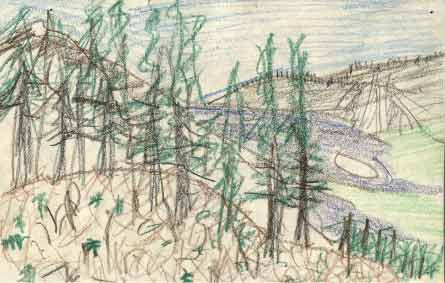
That preparation phase served three useful purposes. It allowed us: 1) to save money from our teacher’s salaries; 2) to learn firsthand from the Inuit culture how to survive even in the harshest environment; and 3) to study how-to material from books and magazines for designing our homestead from scratch.
Starting that first spring in the Kootenays, with our own efforts and help from friends and neighbors, we began clearing a roadway and house site. Months turned into years. The first summer we lived in a tent; the first two winters were spent in a tipi. Garden, orchard, house; fences, woodshed, waterline… task by task, the primary needs for food and shelter came to be satisfied.
Along the way came changes in relationship. A daughter was born. As savings dwindled, parenting duties and the need for wage-earning, by construction jobs and planting trees, took center stage. It was possible eventually to grow all of our own fruits and vegetables, and raise our own meat; but we still had to buy other foods such as grain, and supplies such as truck parts, chain saws, plumbing connections. At first I did my own truck maintenance, dragged my own firewood out of the bush. In the end I bowed to the greater efficiency of wage earning, paying real mechanics, buying firewood delivered and ready to split and stack.
Barter had its place but so did money. Negotiating steep access by donkey was one imperfect solution; but eventually, just as five temporary chicken coops gave way to one permanent structure, five old beater trucks gave way to a dependable new Toyota 4WD pickup with crew cab.
As the Inuit demonstrated with their adoption of rifles and snowmobiles, I discovered that self-sufficiency can be a difficult, even deadly ideal to uphold when there are practical compromises at hand. Again, I aim neither to defend my personal choices and limits, nor to regret them, but simply to share how it went on that particular quest for a way to “live with nature.”
The conclusion I can offer, most simply, is that:
- It’s not as easy as you think.
- It’s not as pure as you hope.
- It’s still worth it.
Short of pure self-sufficiency, I found instead a place in a fabric of interdependence. It seemed neither possible nor desirable to produce every food, every tool locally—whether on the homestead, or in the nearby community. Barter, home business, homestead production, and paying jobs all played a part.
Ten, fifteen years into the project, my original devotion to nature remained, but it took different, often less literal forms. Writing and playing music occupied more space in my days and nights. More and more, the outdoors served as backdrop to my internal landscape. Nature, I came to understand, is the substance that connects the inner and outer worlds in one organic unity.
In an age when the frontiers are all breached, and ecosystems are suffering irreversible devastation, contamination, extinctions, it becomes more important than ever to expand our awareness of the nature intact within us. Nature is not confined to forest and field, nor even to an infinite field of stars. Its power and immensity drive every detail of our own biological machinery. Its spirit offers us a mirror of our most transparent selves, and its inexhaustible body of forms inspires us to create our lives and works with just such exuberance and beauty.
For a chronicle of the spiral journey to arrive at my chosen utopia, and the first phases of its development, see My Generation: A Memoir of the Baby Boom. For an intimate account of that lifestyle and some of its challenges, see My Country: Essays and Stories from the Edge of Wilderness.
—
image credits:
(feature) K.Schwab: Hal Hefner, unlimited hangout
trees: Nowick Gray
sink-swim: imgur.com
frog-mouse: kingkillion.tumblr.com
sheeple: David Dees/Rense.com
axe-wood: imgur.com
sketch: Nowick Gray
—
Nowick Gray writes from Salt Spring Island, BC. His books of genre-bending fiction and creative nonfiction explore the borders of nature and civilization, imagination and reality, choice and manifestation. Connect at NowickGray.com to read more. A regular contributor to The New Agora, Nowick also offers perspectives and resources on alternative culture and African drumming, and helps other writers as a freelance copyeditor at HyperEdits.com. Sign up for the “Wild Writings” email newsletter for updates and free offers.
—-
Come Follow Us on Twitter – Come Like Us on Facebook
Check us out on Instagram – And Sign Up for our Newsletter


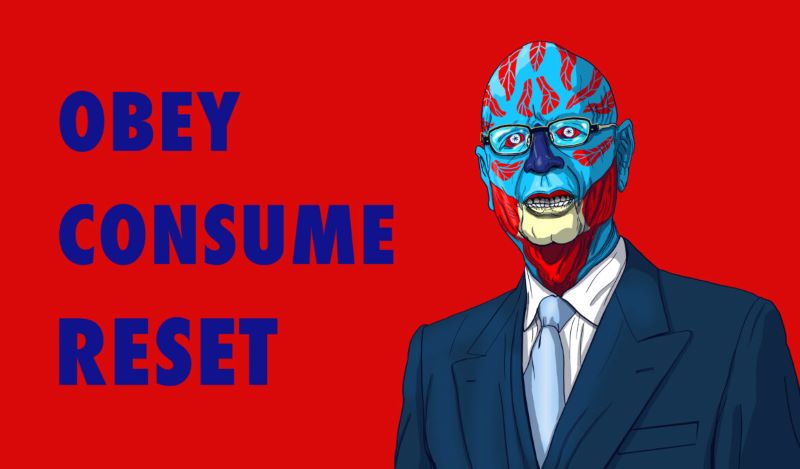
 nowickgray.com
nowickgray.com
